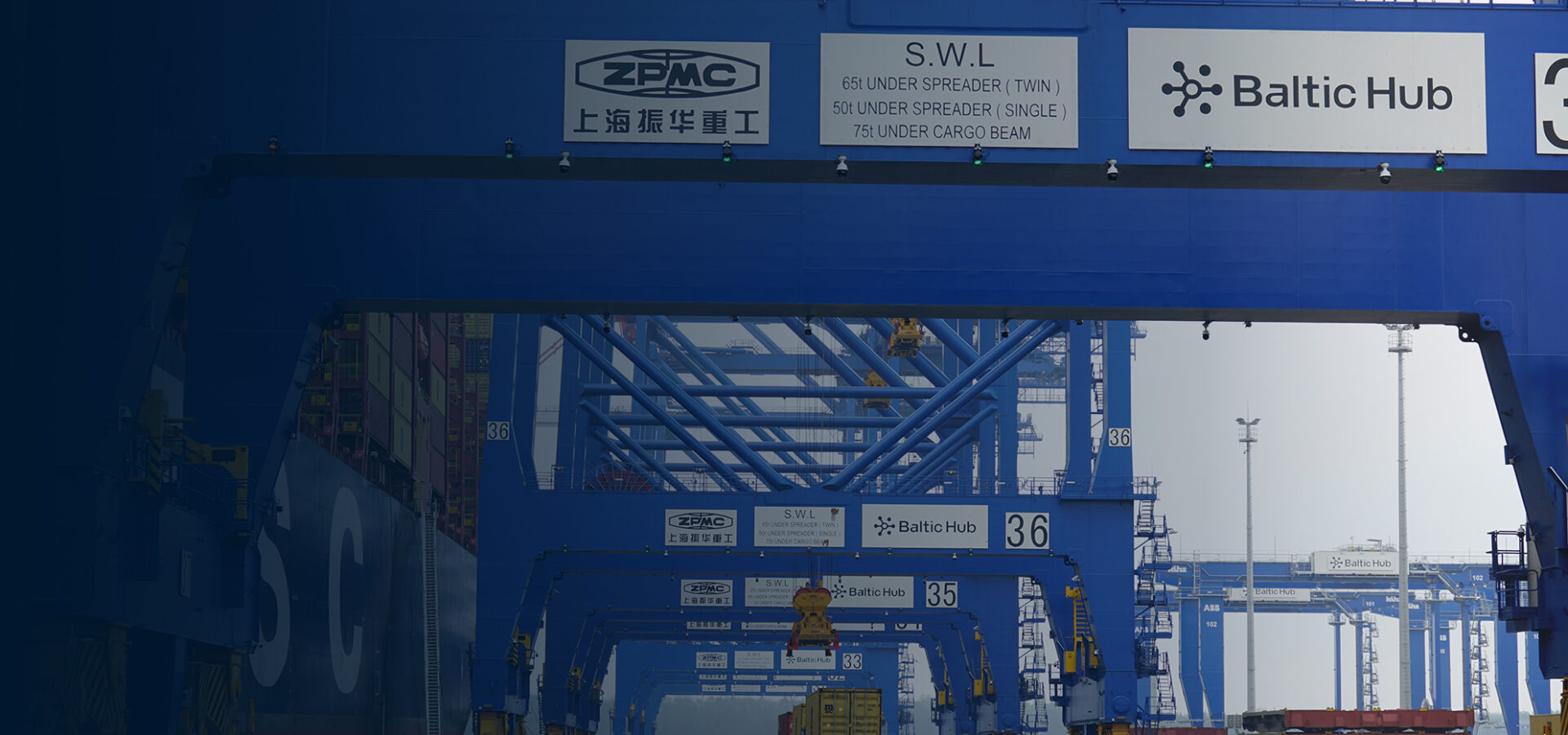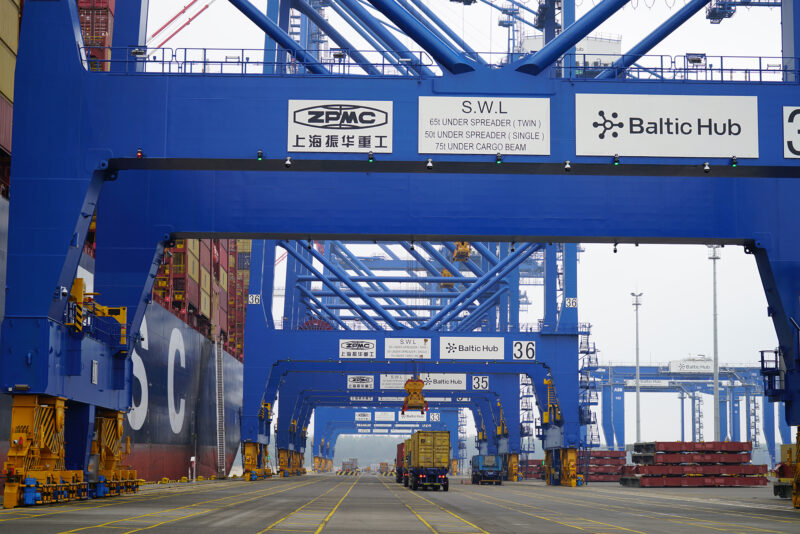Wharf Optimization Project at Baltic Hub
Visy has delivered a comprehensive Wharf Optimization solution to Baltic Hub, marking a major milestone in the terminal’s digital transformation. The system – which will be fully operational in 2025 – includes Visy STS Crane OCR and Visy TopView – Spreader OCR systems, as well as Visy Wharf Application suite designed to manage and digitize the entire container handling journey at the wharf.
Read the case study here.
Today, the solution already covers the full process between the wharf and vessels, and vice versa, streamlining operations and improving accuracy. The project’s configuration and delivery involved tailored customizations to support Baltic Hub’s specific operational routines across all aspects of quayside activity. From maximizing OCR hit rates to developing intuitive user software, Visy has delivered a system that fundamentally transforms vessel servicing—enhancing efficiency, safety, and operational control.
Visy’s collaboration with Baltic Hub originally began in 2018, marking the start of a long-term partnership focused on automating and optimizing port operations. Before the Wharf Optimization project, Baltic Hub faced growing operational and safety challenges due to a fully manual container registration process at the quay.
To answer these challenges, Visy delivered a Wharf Optimization solution, including Visy STS Crane OCR and Visy TopView – Spreader OCR systems, as well as the new Visy Wharf Application suite for digitizing and managing handling events. The system has streamlined the entire container journey between the wharf and vessels, delivering concrete benefits such as enhanced safety, verified container moves, and increased terminal throughput.
Baltic Hub Key Facts:
• A member of the PSA Group
• 2.24 million TEUs in 2024
• Located in Gdańsk, Poland, connecting Asia, European Union and the emerging market of Central Eastern Europe
• Currently operates two deep-water berths: T1 (625m) and T2 (570m)
• A third berth, T3, is under construction and expected to be fully operational by the end of 2025, increasing annual capacity to 4.5 million TEUs
• 24/7 operations, ensuring seamless integration with road, sea and rail networks for uninterrupted supply chain activities


